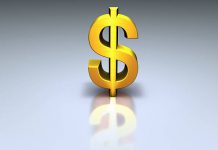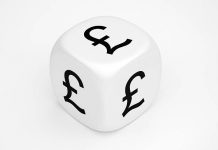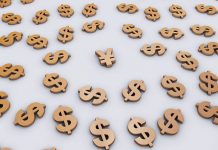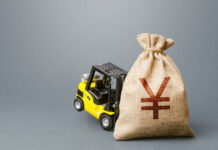Market movers today
We will keep an eye on potential opening up of economies and PM Abe’s press conference this morning on the countrywide lockdown.
Final March HICP figures released today will likely confirm that inflation pressures eased in the euro area during the month. As this coincides with the fall in the oil price and economic activity, deflation worries have returned to the market. Still, we think the March and April inflation prints should be interpreted with care. The sample is smaller as price data cannot be accessed reliably from shutdown businesses, questioning how much weight central bankers will put on these figures.
Selected market news
The string of gloomy US economic data continued for a second day yesterday after housing starts slumped, the Philadelphia manufacturing index fell to the lowest since 1980 and jobless claims rose by another 5.2 million over the last week. That means a total of 22 million Americans have by now applied for unemployment benefits over the past month on the back of the coronavirus crisis. Although we think unemployment numbers could quickly fall back again once the economy restarts, we doubt they will reach the same pre-crisis lows. Despite these dire economic numbers and more bad news out of China this morning, Asian stocks are up together with US equity futures, rallying on news about tentative steps to restart the American economy. President Trump unveiled guidelines that allow social distancing rules to be lifted in as a soon as four weeks, but left most of the decisions with governors. The plan sketches out a three-phase process to return to work and public life, but also allows for re-instating of measures if new COVID-19 cases flare up.
Brent oil held steady around USD28/bbl on signals from Saudi Arabia and Russia that they may be open to further output cuts after the latest OPEC+ failed to halt oil’s retreat. However, the demand challenges for the global economy and commodities were amply illustrated by Chinese GDP figures out this morning, showing the economy contracting by -6.8% y/y following the coronavirus outbreak that centred on Wuhan – the biggest decline since the end of the Cultural Revolution in 1976. While the industrial sector has staged a relatively quick comeback – and capacity is now close to 100% of the pre-crisis level – the same cannot be said for the service sector and private consumption, with retail sales declining by another 15.8% y/y in March. Overall, we expect Chinese growth to return gradually in the course of H2 20, but there is a long way to go before private consumption and investment activity will be back to the levels observed before the coronavirus crisis.
After the number of coronavirus infections gathered pace in recent days, Japan’s Prime Minister Shinzo Abe unveiled more sweeping measures, expanding the state of emergency to the whole country at least until 6 May to limit people’s movements during ‘Golden Week’ holiday. As part of the government’s new fiscal package worth JPY108tn (20% of GDP), Abe also unveiled an unconditional cash handout scheme of JPY100,000 to every citizen, estimated to cost more than JPY12.7tn. Additional fiscal stimulus was long overdue in our view, as monetary easing from the Bank of Japan is already firing on all cylinders and the economy faces a double hit from coronavirus effects and the postponed Olympics.













